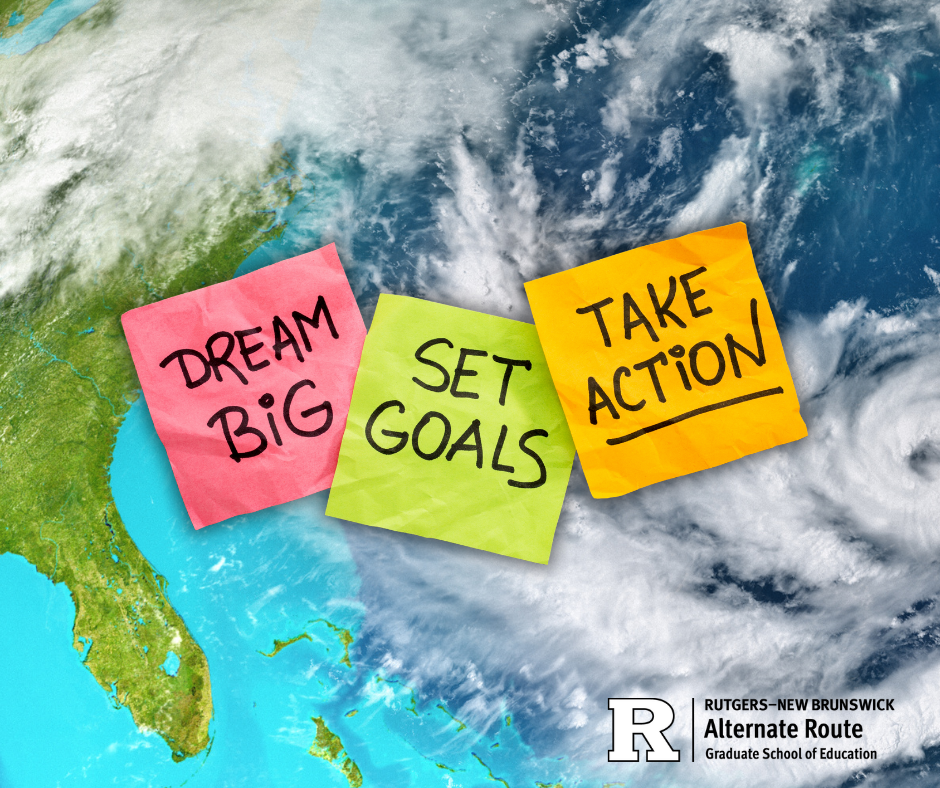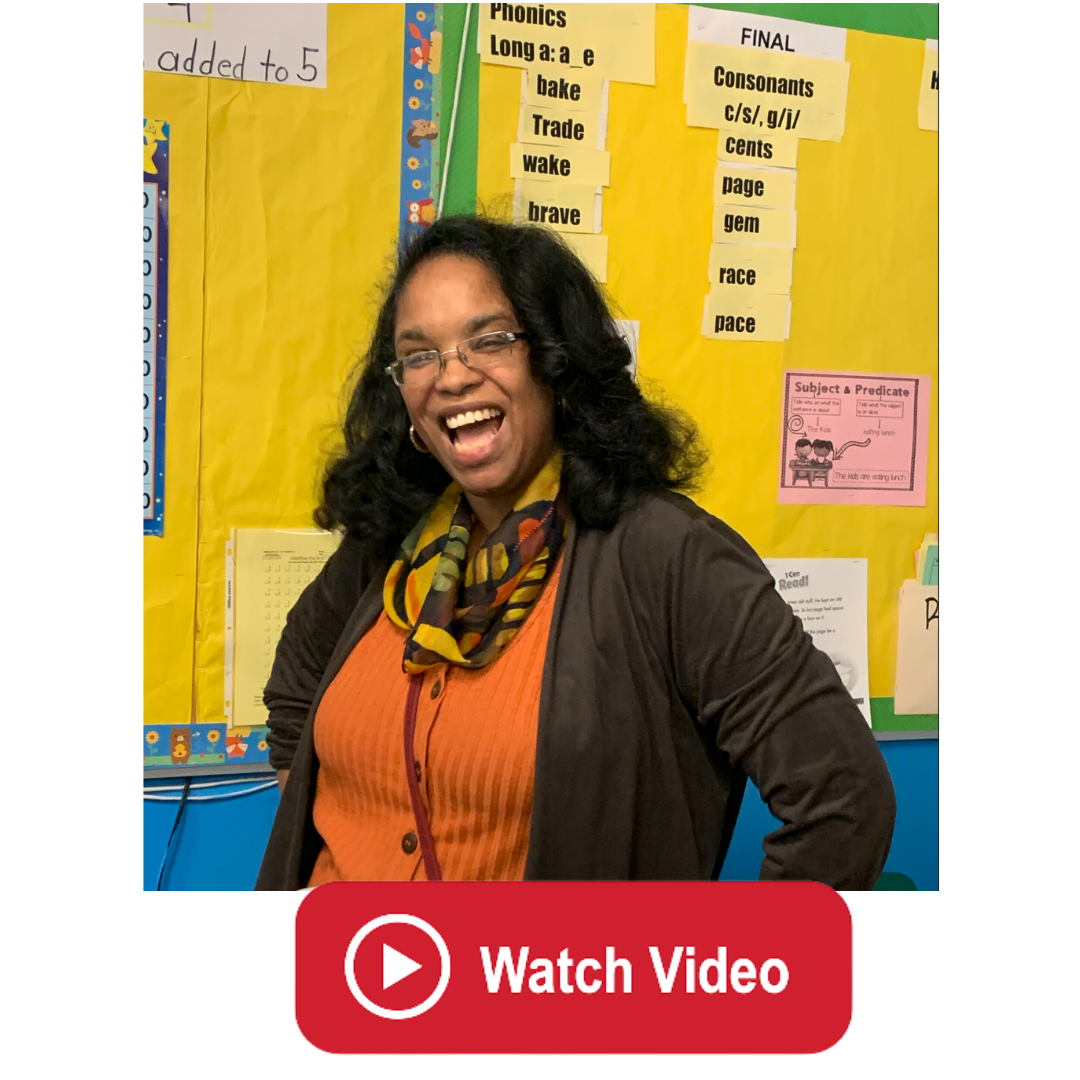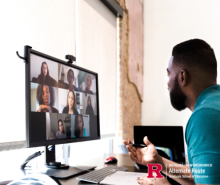How to Incorporate Climate Responsibility in All Subjects

New Jersey made headlines in 2020 as the first state to incorporate climate change education standards throughout K-12 education. It was a decision celebrated across the state, with 70% of New Jerseyans supporting climate science in schools.
Five years have passed since the New Jersey Students Learning Standards adopted these climate change requirements, and data show that this education is necessary for all students. A 2025 report from Aspen Institute and EdWeek Research Center found that only 12% of teens feel they know “a lot” about the causes of climate change, and 10% feel they know “a lot” about climate change solutions.
Yet, nearly all teens are worried.
The report also states 85% of U.S. youth have “moderate to extreme worry about climate change.”
This information presents educators with a unique opportunity to step up and help students make climate connections, starting at home. Within the past few months, New Jersey has experienced its own climate challenges, mirroring those happening globally. If students can make basic climate connections in their state, they can take that foundation and grow their understanding on a global level.
Read on to learn how to navigate climate education responsibly, while connecting it to recent climate events in New Jersey.
New Jersey’s climate challenges
New Jerseyans have made adjustments due to climate challenges brought on by local and international natural events over the past few years. For example, Canadian wildfires, which impact New Jersey, are now regular occurrences, with 2025 a record-shattering season. As a result, smoke from the fires creeps over to the state, affecting air quality. Residents are more aware of when to spend time outdoors, and wearing an N95 mask is no longer just for virus protection.
Wildfires to the North aren’t the only climate concern on citizens’ minds. In mid-July, New Jersey went into a state of emergency due to flash flooding so devastating that it led to multiple deaths. A couple of weeks later, 6ABC Philadelphia described the recent regional storms as “tropical-like.”
Experts knew it was on the way.
In May 2025, the National Oceanic and Atmospheric Administration predicted an above-normal Atlantic hurricane season, and as of this writing, meteorologists are tracking Hurricane Erin, which is currently affecting up to 2,000 miles of East Coast shoreline. According to AccuWeather, the storm has the potential to cause “considerable beach erosion from Florida to Maine.”
Coastal erosion is a concern because, while natural, humans have accelerated its effects through climate change. Warming global temperatures trigger rising sea levels, causing erosion, which damages the coastline’s natural barriers. Communities along the coast, like those in New Jersey, become more vulnerable to intense weather events as a result.
In 2023, the Natural Resources Defense Council (NRDC) brought this issue to public attention, reporting:
“Over just the last few years, the nation has been pummeled by a series of climate-fueled flooding disasters, hurricanes, and extreme storms. The impacts of climate change are accelerating.
“Inland flooding is on the rise as extreme storms cause rivers to jump their banks and city streets flood when runoff has nowhere to go. Our challenges are just beginning with sea level rise is now beginning to accelerate, which will make flooding a fact of life along the nation’s coastlines.”
Additionally, NRDC reported U.S. coastlines “will see as much sea level rise between now and 2050 as in the prior century.”
Teachers in or near coastal towns, like the ones in New Jersey, have an opportunity to help students connect this information with their current surroundings to inspire further learning and action.
Incorporating climate science in every subject
Two years ago, the National Education Association (NEA) put a spotlight on New Jersey teachers Elaine Makarevich, Suzanne Horsley and Carolyn McGrath for their strategies incorporating climate education in every subject.
“You don’t have to be a climate scientist to teach about climate change,” McGrath told the NEA. “But you do need a foundation in the basics and an understanding of how that relates to your content area.”
Butterflies in the classroom, outdoor gardening, collage boards, creative advertisements and fun games are all ways these educators have implemented climate change education across diverse subjects.
“[Students] like to learn about the ways they can help, so if you connect that, you will have students that leave the classroom knowing they can make a difference even if it starts in the smallest of ways in your building,” Makarevich told the NEA.
Edutopia writer Daniel Leonard also used New Jersey educators as strong examples of cross-subject climate instruction. Teacher Suzanne Horsley’s second-grade wellness class, for example, learned about the carbon cycle through kinetic learning.
Called Catch Your Breath, Horsley’s game combines fun, physical activity and environmental science:
“To play, students stand in a circle, paired up with a partner. In the middle of the circle lie several dozen colorful yarn balls that represent molecules of carbon dioxide. One student runs to the center and grabs a piece of carbon dioxide and throws it back to their partner on the edge of the circle. The outer partner is a ‘tree,’ rooted in place and unable to move. If the outer partner catches the yarn ball, that CO2 is successfully “absorbed” and taken out of the ‘atmosphere.’”
Before New Jersey announced its climate change requirements in education, NPR interviewed teachers from around the country to understand what studying climate in every subject looks like. The interviews resulted in eight simple tips educators can implement immediately:
- Do one of NASA’s labs
- Show a movie like Before the Flood
- Assign a novel like Not a Drop to Drink
- Show students how to combine climate and civic duty
- Assign projects that require climate change research
- Talk about personal experiences with weather and climate
- Organize a service project with students
- Establish a school garden
The World Economic Forum (WEF) supports these tips, emphasizing the importance of field trips, research projects, outdoor classes and inviting climate experts as classroom guests—activities that translate to all subjects.
Climate education resources for teachers
Programs and organizations across the country have recognized the need for expanded climate education resources and stepped up to address the challenge. New Jersey leaders have invested in providing what educators need to meet the new learning standards, and organizations like Rutgers University, which has created resources specific to New Jersey.
Below are eight digital resources to help enhance climate change education in curricula.
Education is best when it’s fun, and NASA has put together resources for teachers to support their lessons, like engaging and exciting videos. The website also connects educators to other resources outside NASA and allows students to explore NASA research.
National Oceanic and Atmospheric Administration
NOAA’s Teaching Climate webpage has more than 700 free and ready-to-use resources for teachers to implement into curricula. The best part? All resources are rigorously reviewed by fellow educators and scientists.
Rutgers Climate and Energy Institute
Rutgers University’s Climate and Energy Institute has created New Jersey-specific resources for K-12 teachers, further helping connect climate change with what’s happening at home. There is also a section that highlights the Rutgers programs available to support K-12 educators in prioritizing climate change education.
State Environmental Education Directory (SEEDS)
Hosted by the New Jersey Department of Environmental Protection, SEEDS connects teachers with climate change information, training and resources necessary to integrate environmental information into all subjects.
Resources include:
- Lesson plans
- A resource library
- Grants and scholarships
- Professional development
- Student field trip and in-class programs
SEEDS also offers the option on its website to sign up for its newsletter and receive the resources directly.
Filter through nearly 500 climate change resources that integrate with multiple subjects. In the NEA article referenced above, Subject to Climate was the most-cited resource from the teachers interviewed.
This website allows teachers to search for climate change resources based on focus area, region and resource type, saving users time while browsing the 500-plus options available.
A one-stop shop for resources, the professional union breaks up content between curriculum materials and visual/media resources. The website also offers gentle reminders for teachers as they navigate these topics:
“Remember that climate change can be an anxiety-producing topic, especially for students who live, or who have family members who live, in vulnerable areas. Don’t share resources without context and hope. Use examples of how climate change could be slowed if humans enact change. Show how climate emergencies create opportunities for communities to make a difference. Allow students to brainstorm solutions and channel their ideas into action plans.”
United States Environmental Protection Agency
The EPA gathers reputable digital resources from across the web in one place for educators. The resources range from EPA-specific, federal offerings, plus climate resources specifically for students to explore.
If you’re considering following your dream of teaching, Rutgers Alternate Route can offer you the support and training you need to succeed. Be sure to follow Rutgers Alternate Route on Twitter and sign up for Alternate Route’s monthly newsletter for more information and stories from the field of education.

 Lindsay Patton is a digital communications professional who specializes in social media, writing, digital marketing, e-commerce, podcasting and other content-focused endeavors. Since 2019, she has assisted Alternate Route with its marketing strategy to help the program reach new audiences. As a result of this collaboration, Alternate Route has introduced Lindsay to many of New Jersey's talented educators, who have had a direct influence on her own classroom strategies as an adjunct professor. She is grateful for the opportunity to create meaningful content that helps increase equity within classrooms and is inspired by Alternate Route's hardworking team.
Lindsay Patton is a digital communications professional who specializes in social media, writing, digital marketing, e-commerce, podcasting and other content-focused endeavors. Since 2019, she has assisted Alternate Route with its marketing strategy to help the program reach new audiences. As a result of this collaboration, Alternate Route has introduced Lindsay to many of New Jersey's talented educators, who have had a direct influence on her own classroom strategies as an adjunct professor. She is grateful for the opportunity to create meaningful content that helps increase equity within classrooms and is inspired by Alternate Route's hardworking team. 





